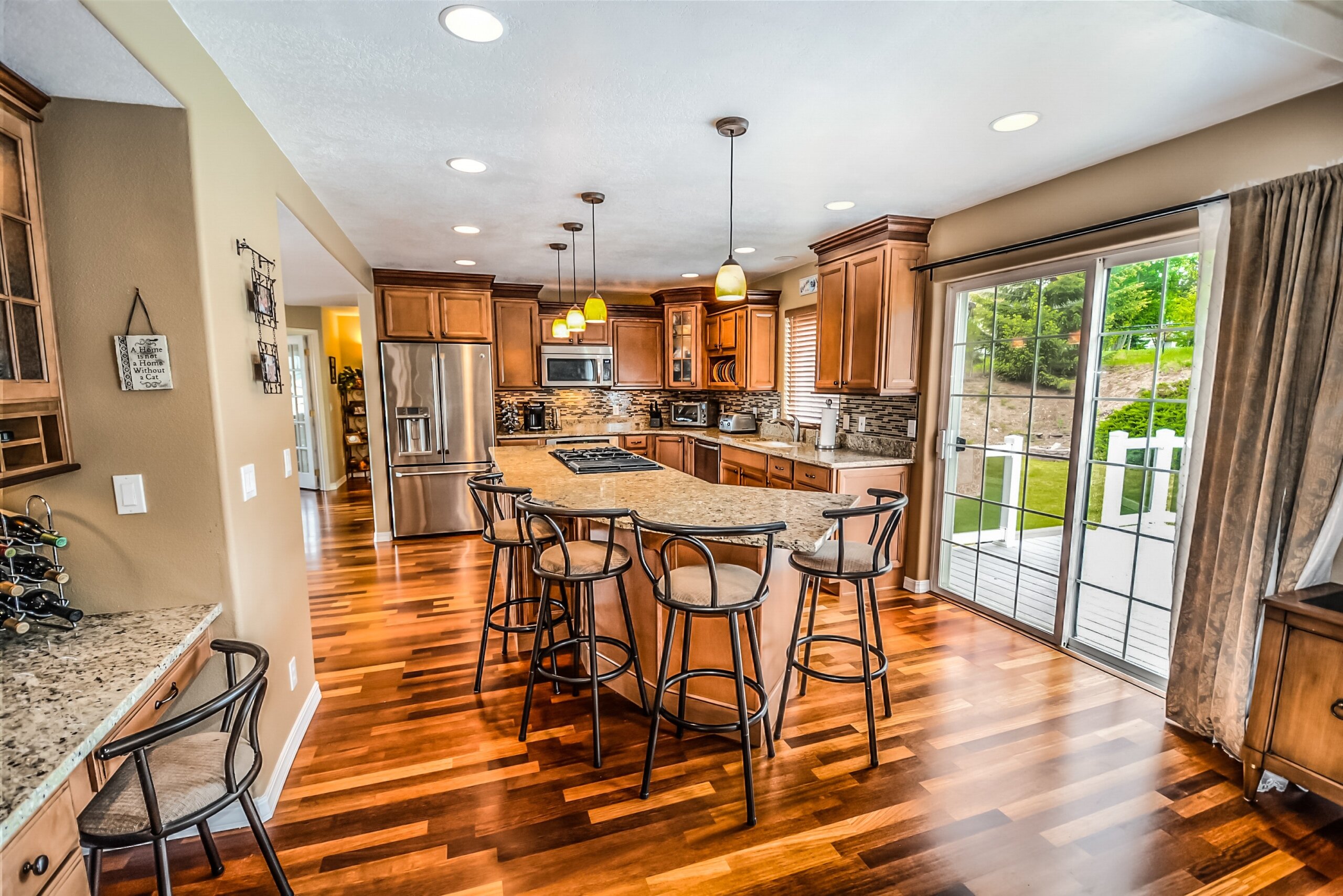whatever’s bugging you.
Never have ants again – GUARANTEED
Ants are everywhere, but they become a real nuisance when they find their way inside a structure. Although ants generally do not create any health-related risks, they may forage in unsanitary areas and leave debris or contaminated food items behind. Therefore, ant control is important, particularly early in the spring before becoming an even larger problem.
Types of Ants
Adam’s Pest Control Gets Rid of Ants Fast!
Fast, Local Response
Competitive Pricing
Friendly Service
Licensed Professionals
100% Satisfaction
Ant Treatment Options
1-time Ant Treatment
Adam’s licensed pest management professional will apply a non-repellent material to the foundation, doors, windows, eaves and overhangs to create a residual barrier around the exterior perimeter of your home; and will spot treat interior areas, as needed. Adam’s one-time ant treatment comes with a 3-month warranty.
Premier Ant Prevention
Never have ants again. Not only will Adam’s take care of your immediate ant problem, but we will proactively prevent ants from ever becoming a problem again. Most of our ant control customers prefer our ongoing 2x Premier Ant Prevention Service, which comes with a year-round guarantee.
Premier Perimeter
Need to prevent more pests than just ants? Adam’s Premier Perimeter Program includes a minimum of 3 preventive barrier treatments around the exterior perimeter of your home for year-round prevention of common household bugs, including insects, spiders, and ants. Your Pest Management Professional inspects for pests, and then applies a season-specific, non-repellent, residual material to control common household pests before they can get inside. Comes with a 12-month guarantee.
Premier Home Pest Prevention
Adam’s best value for prevention and control of common household pests, including ants! Adam’s Premier Home Pest Prevention service provides year-round prevention of pests with a minimum of four visits throughout the year. Service visits focus on the exterior of your home, where most pest problems originate. And should a pest problem ever occur between scheduled visits, the plan includes additional treatments at no additional charge. This program includes common household pests like spiders, centipedes, sow bugs, and roaches and seasonal pests like wasps, multicolored Asian lady beetles, boxelder bugs, and mice, as well as ants.
Get Your Free Estimate Now
Complete this form for an online quote 24/7, or call 866-388-1847 during office hours to speak with an agent.

